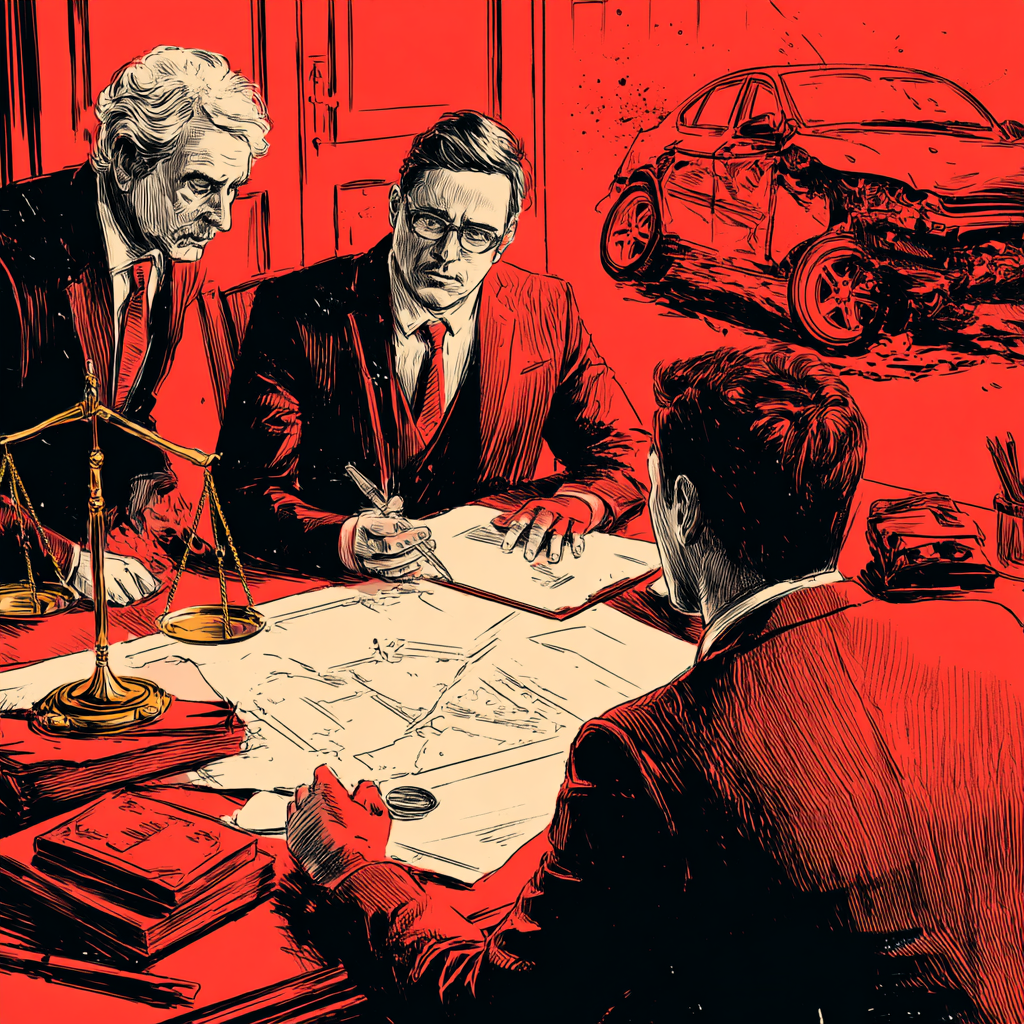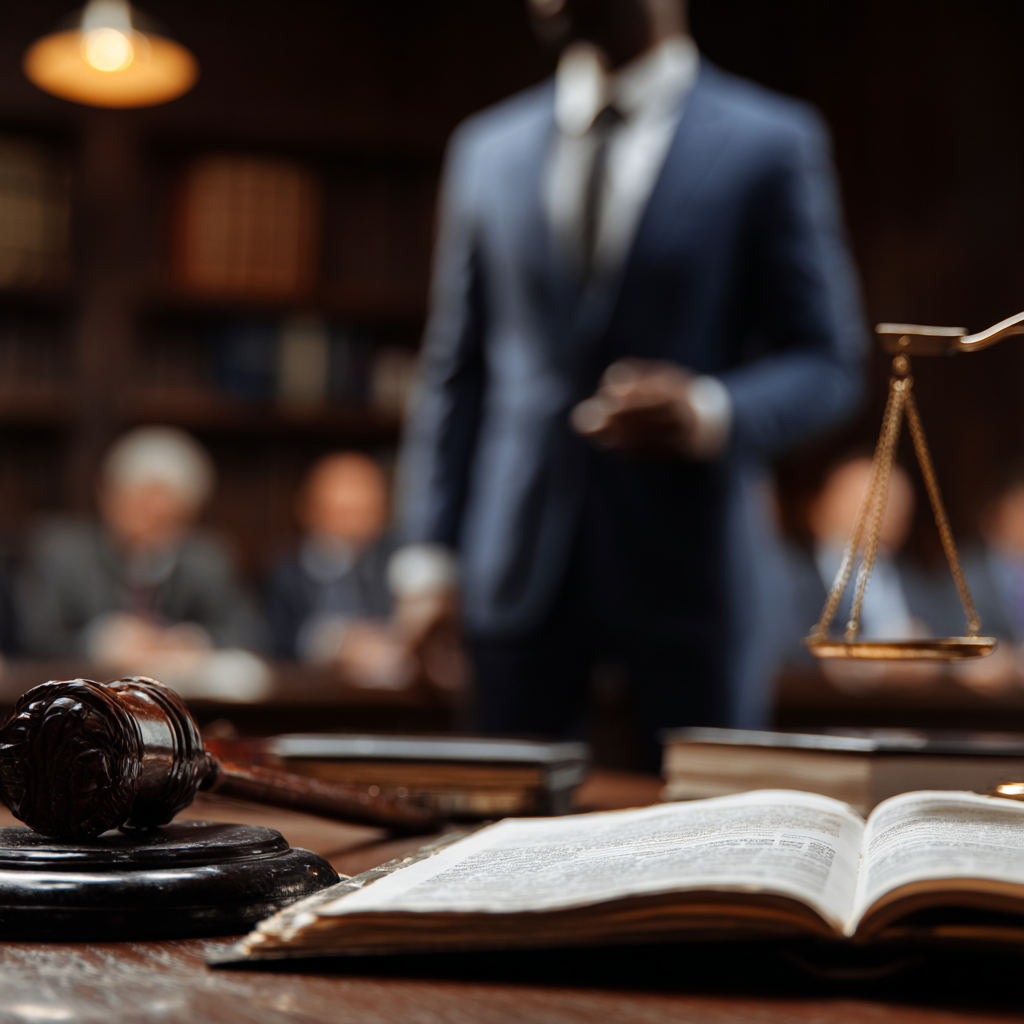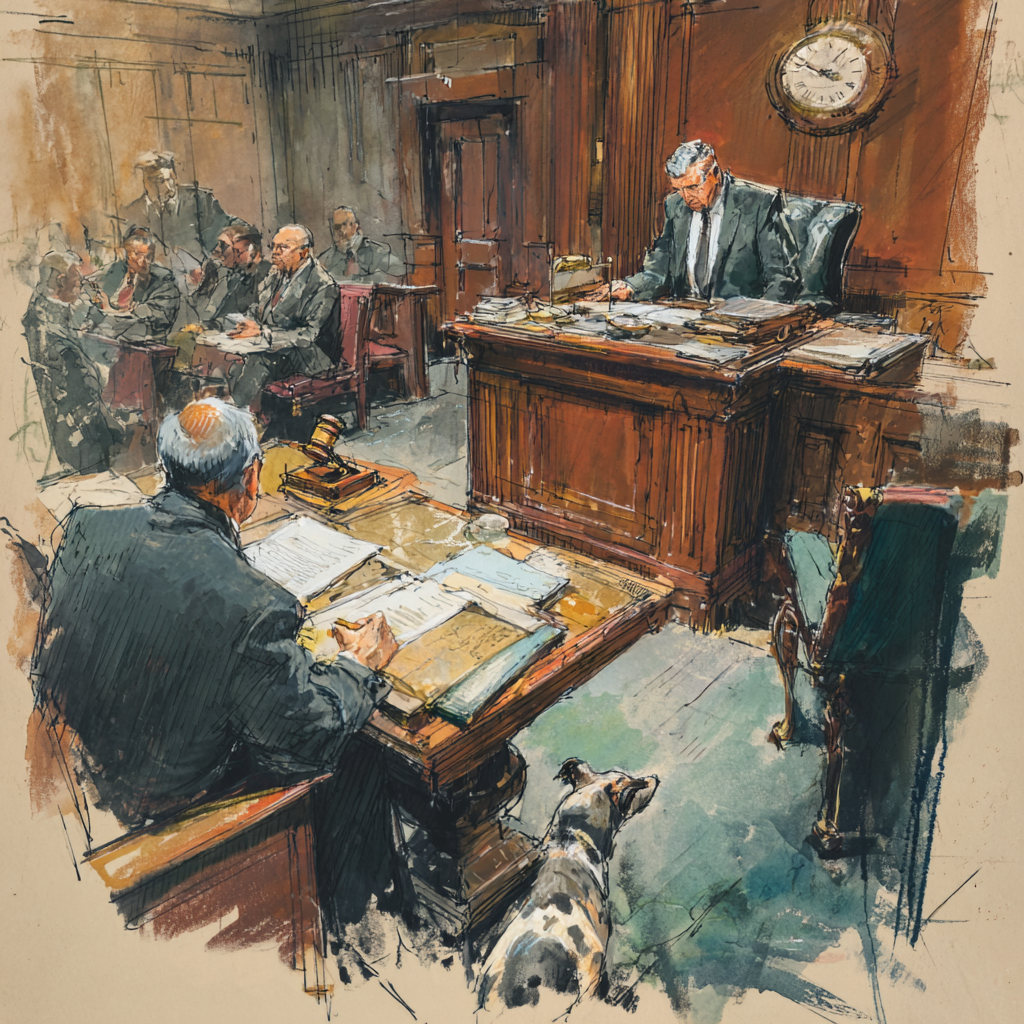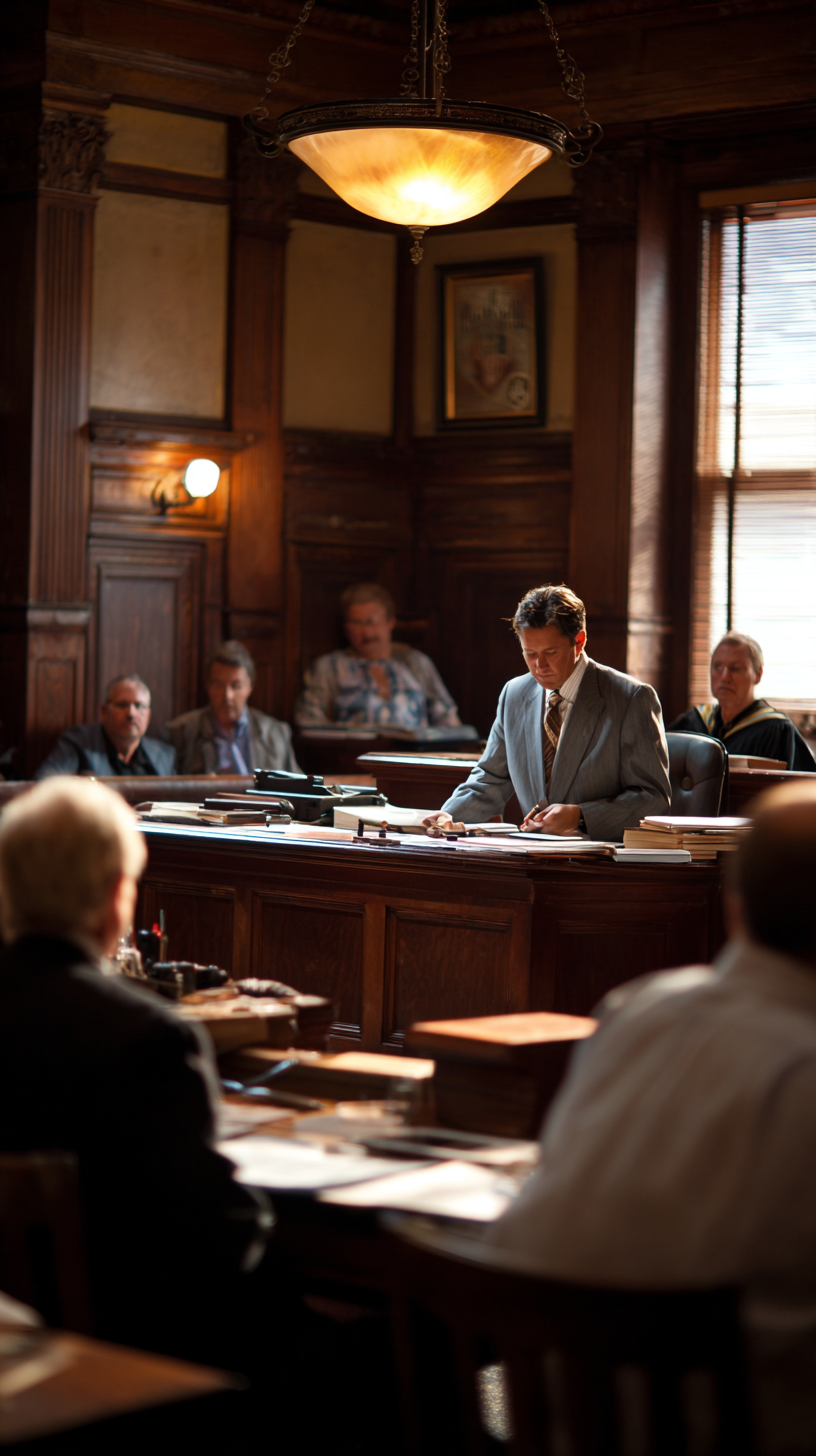Bennice v Randall, 2010 NY Slip Op 02253 (4th Dept. 2010)
This was a summary jury trial in a 5102(d) matter – no fault’s increasingly grumpy sister. The Supreme Court granted Plaintiff’s motion for judgment as a matter of law, following an adverse jury award, on the basis that a jury could not rationally find that Defendant’s admitted negligence was not a substantial factor in causing Plaintiff’s injuries. The Appellate Division reversed and reinstated the jury’s verdict.
I included this case in here because I like how the Appellate Division characterized the testimony of the Plaintiff:
“Here, there is a rational process by which the jury could have found that defendant’s negligence was not a substantial factor in causing plaintiff’s alleged injuries. Plaintiff presented the testimony of several medical experts who examined him and concluded that the cervical and lumbar injuries at issue were causally related to the accident. Nevertheless, the lack of candor demonstrated by plaintiff when questioned on cross-examination about his preexisting injuries, together with his failure to advise some of those experts of his history of back pain, could have led the jury to reject the opinions of those experts (see Salisbury v Christian, 68 AD3d 1664, 1665). Further, the jury was entitled to credit the report of defendants’ expert neurologist, who concluded that plaintiff’s complaints of pain were subjective and could not be linked to the accident. The further allegation of plaintiff that the accident caused him to sustain urinary problems was not conclusively supported by his treating urologist and, in any event, that allegation was contradicted by defendants’ expert. Thus, we agree with defendants that the JHO erred in granting the motion”









